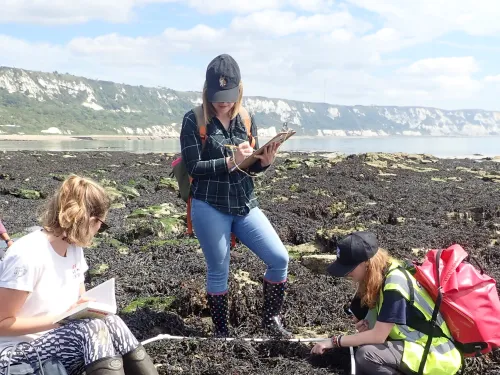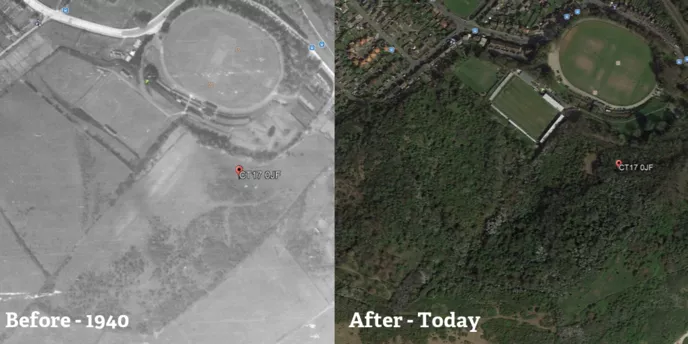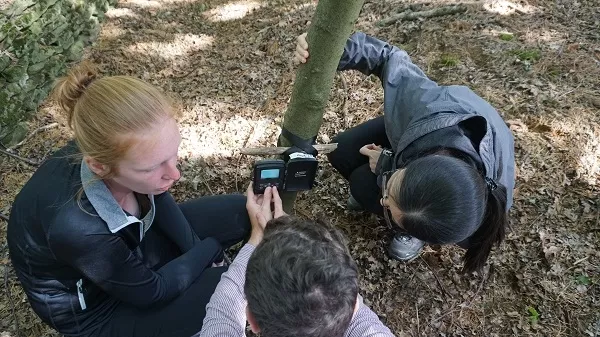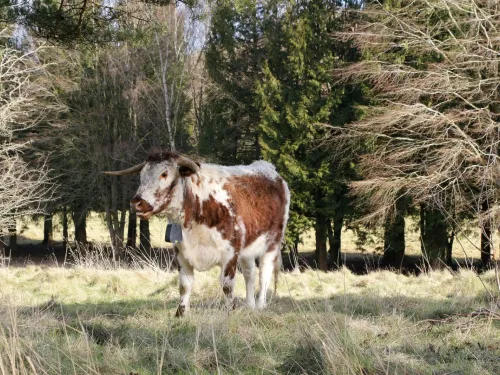
The power of citizen scientists: What you can do this April & beyond
Are you a citizen scientist without realising it?


Camera traps and wildlife monitoring camera traps are another technological asset in conservation. These remotely activated cameras capture images of wildlife, providing valuable data on animal behaviour, population sizes, and movement patterns. This non-invasive method minimises human-wildlife interaction, reducing stress on animals and risks to conservationists. The data gathered helps in understanding species’ needs and threats, aiding in the creation of targeted protection plans.

Amy Fitzmaurice
Environmental DNA (eDNA) Environmental DNA analysis is a cutting-edge technique that detects genetic material left by organisms in their environment. By analysing soil or water samples, scientists can identify species present in an area without seeing them directly. This method is particularly useful for detecting elusive or rare species and monitoring biodiversity.
AI is transforming conservation efforts by processing vast amounts of environmental data to identify patterns and predict outcomes. Machine learning algorithms can forecast climate change impacts, model habitat requirements for species, and optimise resource management. AI also enhances the efficiency of renewable energy sources, contributing to the reduction of greenhouse gas emissions.
Blockchain technology is being used to increase transparency in supply chains, ensuring that products are sustainably sourced. It can track the journey of a product from its origin to the consumer, preventing illegal logging and fishing, which are significant threats to biodiversity.
While technology offers numerous benefits for environmental conservation, it also presents challenges. The production and disposal of electronic devices contribute to e-waste, and there are concerns about privacy and ethical use of data. It is essential to balance the use of technology with its environmental footprint and ensure that it serves the greater good without causing harm.
Overall, technology plays a pivotal role in advancing environmental conservation. It empowers us to understand and protect our planet more effectively. As we continue to innovate, it is vital to use technology responsibly, ensuring that it contributes to a sustainable future for all life on Earth.

Are you a citizen scientist without realising it?

Wilder Grazing Ranger Volunteer Trainee, Ellie Edmondson, explores why grazing animals shed and gain weight throughout the year as part of a natural cycle.

Our Hoathly Farm Appeal, which aims to purchase Grade III arable land and transform it into a wildlife haven, has sparked lively debate. Some fear that wilding will harm food security, but in truth, it can enhance and support farming.